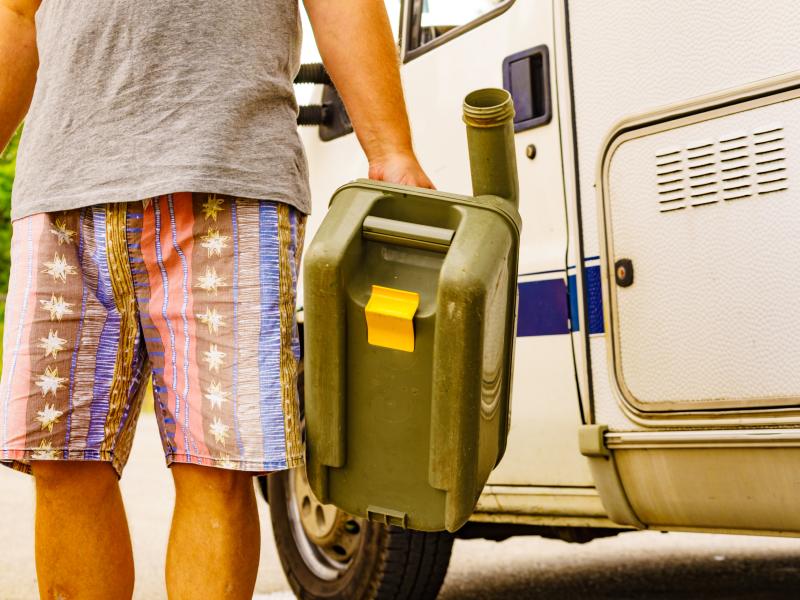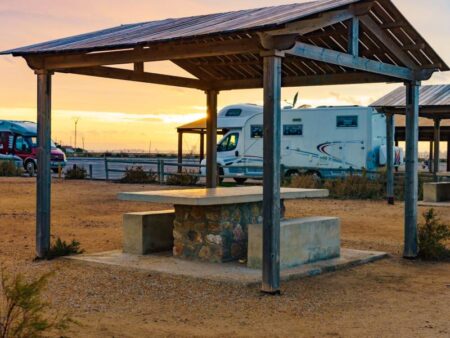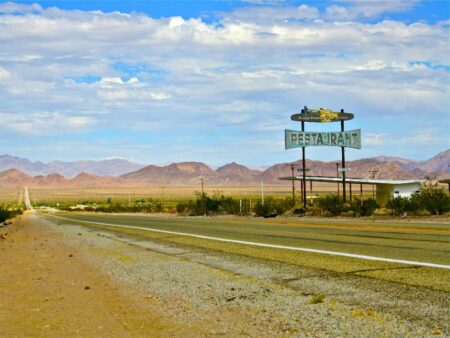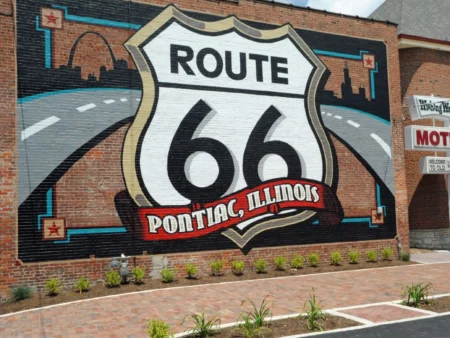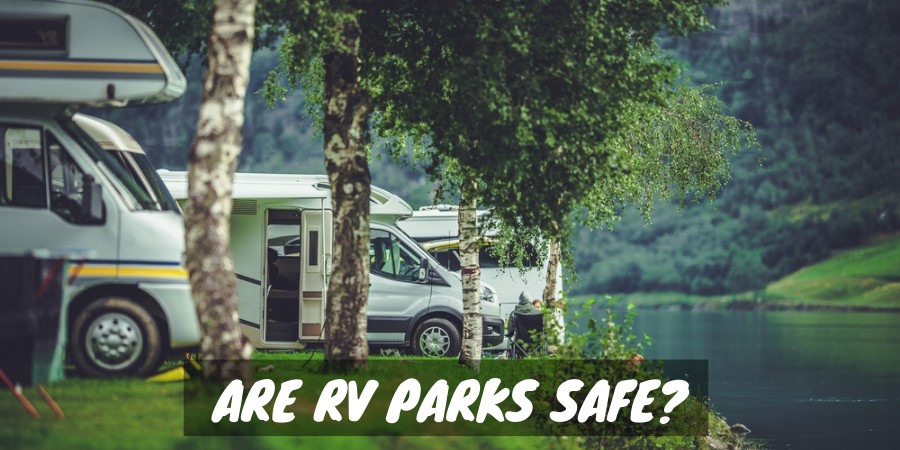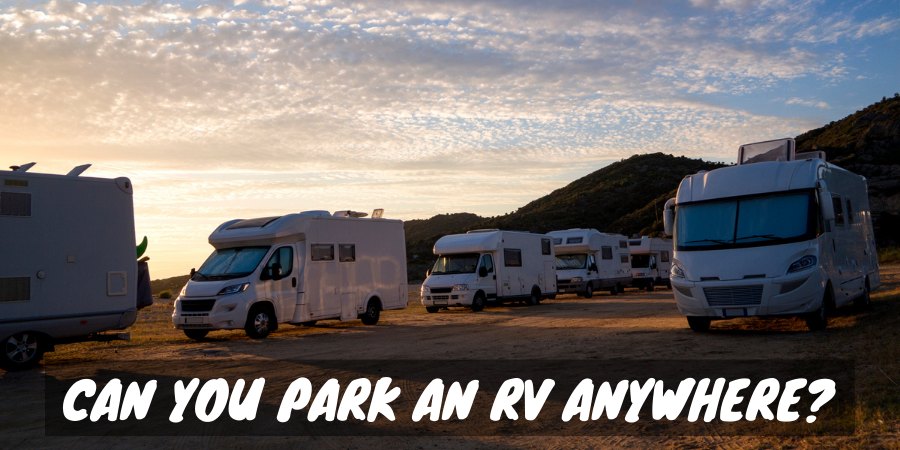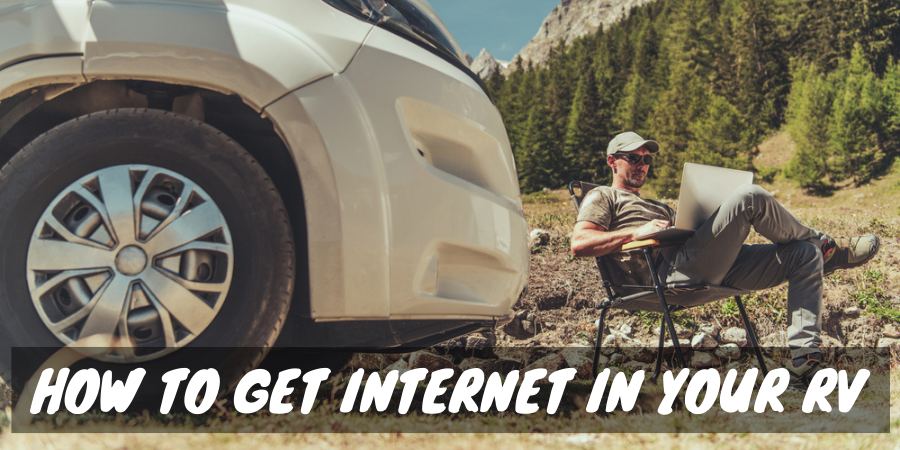RV travel can be stressful when your waste tanks are full and you need a dump station asap. Unfortunately, you can’t always wait until you reach a full hookup campground to empty RV tanks, so knowing how to find dump stations along your route will make your journey more enjoyable.
There are many resources for finding RV dump stations across the US that I detail below, along with tips on dump station etiquette and how to empty your RV waste tanks
safely and efficiently.
With a bit of careful planning and the right equipment, you’ll be an expert in using RV dump stations no matter where you roam!
What is a Dump Station?
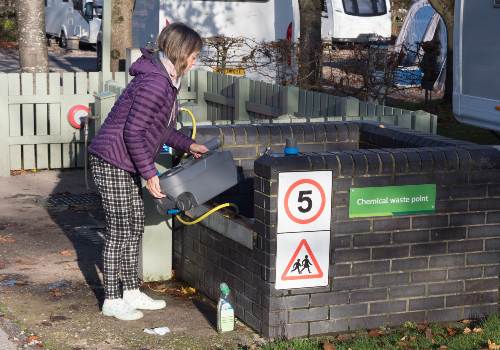
A dump station is a small service area with connections to a sewer drain line that runs to a city sewer system or a septic field. The connections are made specifically to fit RV sewer hoses or boat drain lines so they won’t leak any fluids as you empty waste tanks into the drain.
The standard setup at a dump station for RVs includes a driveway or road with a designated parking area for your recreational vehicle. To the left of the parking area will be a white PVC sewer pipe that is either flush or slightly raised above the ground.
The sewer pipe will have a cap when not in use to contain sewer gases. The cap may screw in, have a hinged top, or may even be a rubber “cork” that fits snugly inside the top of the sewer pipe.
Another feature will be a water hose, so you can rinse your sewer hoses and wash connection fittings and your hands after dumping the tanks. Most dump stations also offer potable water, so you can fill your freshwater tank before leaving.
Depending on the dump station, the freshwater supply may be separate from the hose for rinsing your sewer hoses. A sign near the water spigot that says non-potable water means that the hose is only for cleaning up and not to fill your freshwater holding tank.
A dump station is the safest way to rid your RV of the fluid in the grey and black holding tanks.
However, dumping RV waste tank fluid directly onto the ground is illegal and terrible for the environment. Don’t risk a ticket or spreading diseases, and dispose of your wastewater properly.
Where Can You Find a Dump Station?
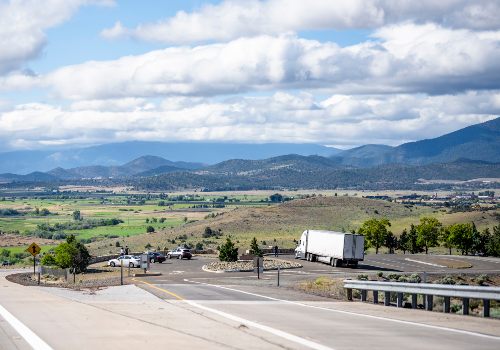
Dump stations are more common than you think, with locations across most states. Most dump stations are found in private RV parks and are separate from the sewer, water, and power hookup at individual campsites.
RV parks provide a dump station for guests who have a campsite without a sewer drain connection or for RVers who need to stop on their travels to empty the waste tanks. RV parks charge non-guests for using the dump station and potable water.
Other places that have dump stations include:
- State park campgrounds
- National park campgrounds
- Boat marinas
- RV dealerships/service centers, like Camping World
- Truck stops
- Some interstate rest areas
- Travel centers
- Municipal sewer service locations or waste transfer stations
The need for dump stations varies across the country. They will be plentiful in some areas where boating and camping are popular, while you may need to hunt all day for one in a remote region.
For example, in the southern US, where RVing is very popular all year, finding a dump station at a travel center or campground isn’t difficult. For example, the state of Alabama has 28 rest stops with dump stations because they know thousands of RVers pass through the state daily.
In contrast, a state like North Dakota has zero dump stations at rest areas, and you’ll need to keep an eye out for a Flying J, private campground, or local waste transfer station to empty the RV grey and black tanks.
TIP: Most residential homes with an outdoor sewer drain clean-out can work to empty your RV waste tanks. If you have a sewer hose long enough to reach the drain opening, you can use it the same way you would at a dump station.
What Does it Cost to Use a Dump Station?
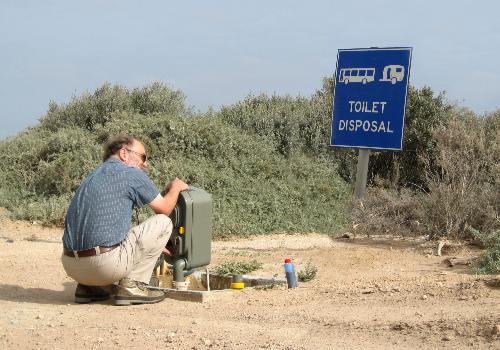
Most dump stations charge a fee to use the facilities to cover upkeep and sewer waste disposal charges.
Private campgrounds and marinas charge non-guests from $5 to $30 to use the dump station and top off the freshwater holding tank.
Travel centers, gas stations, truck stops, and sewer companies charge an average of between $10 to $20.
Luckily, you can skip paying to empty your tanks if you use the facilities at state rest areas that offer a dump station, as the majority of them are free. If you are a private, state, or national campground guest, there will be no fee to dump your RV tanks.
Camping World lets Good Sam members use their dump station for free. Some Cabela’s and Bass Pro have a SaniStar dump you can use for $5, or if you make a purchase and ask the cashier, they will give you a code to use the facility.
Best Resources to Find Dump Station Locations
When you take a road trip in your RV, you may not know where you can find dump stations along your route, which can leave you in a pickle if your tanks are full. Full tanks can make a stinky mess if they slosh back into your RV drains, and the extra weight will do a number on your gas mileage.
The best way to avoid issues is to find all the dump stations available and mark them on your travel map so you don’t have to rely on your cell phone at the last minute to search for the nearest location.
Luckily, there are apps, websites, and publications that keep up with current dump station locations for you to check out before each RV trip. Here are the ones I recommend:
SANIDUMPS
SaniDumps (SaniDumps.com) offers an updated list of dump station locations in the US The list includes private and public campgrounds, commercial and municipal sewer waste companies, truck stops, travel centers, and rest stops.
How to Use a SaniDump Station (Video)
ROADNOW
Roadnow (Roadnow.com) is a comprehensive guide to the US and worldwide roads, interstates, and traffic with regular updates to help users find what they need quickly. For example, you can use Roadnow’s search bar to look up the interstates you plan to travel on, and you can click on rest areas, RV parks, or other tabs to find the nearest dump station off that highway.
Roadnow lists each rest area along the entire interstate or just the portion that passes through a state. Click the tabs for a specific Interstate direction, such as Northbound I-80, and all the options pop up, along with the amenities each rest area provides, such as an RV dump.
RVDUMPSITES
RVDumpsites (RVDumpsites.net) is a community-driven listing of dump stations around the US. Just type in your location; a map will display all the RV dump choices in the vicinity.
Each dump station has a color-coded icon, and when you click on the icon, it will tell you the dump station location and even adds in any notes left by fellow RVers who have been there. The icon colors indicate whether the dump station charges a fee, is free, is only for campground guests, or has no information concerning cost.
ALLSTAYS CAMP AND RV APP
The AllStays app is ideal if you have an iPhone or iOS device. Allstays has many apps for RVers, but the RV Dump Station App is helpful for quickly finding a place nearby to empty your waste tanks.
ALLSTAYS APP (Video)
RVDUMPS
RVDumps (RVDumps.com) lists places just off US interstates that offer RV dumps. You can filter the search by state or interstate, and it will list any rest areas with free dump stations, campgrounds, service centers, travel and truck stops, or municipal locations that charge a fee for dumping.
CAMPENDIUM and RVSHARE
Campendium.com and RVShare.com have a search filter to locate dump stations at campgrounds or other locations in each state with information on fees. In addition, RVShare and Campendium have their dump stations tab at the bottom of their home page.
Supplies for Dumping RV Waste Tanks
If you’re new to RVing, here are the supplies you’ll need to dump the grey and black water tanks:
- RV sewer hose (15-20′ is the best length)
- RV sewer hose fittings
- Disposable gloves
- Disinfectant wipes and liquid cleaner
- Short hose for rinsing (many dump stations only have a spigot)
- Waste tank treatment
- Old towels or rags (plan to toss them after use)
Dump Station Steps
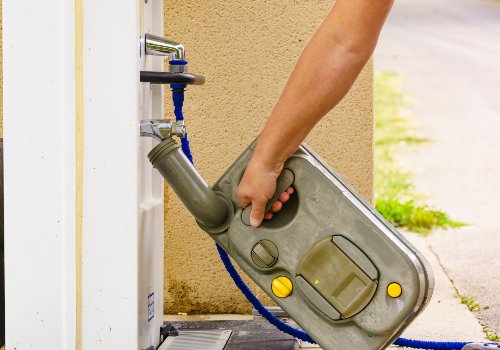
Using a dump station correctly will help keep the area sanitary and move you on your way quicker, so other people can use the facility.
Here are the steps to dump your RV tanks:
1. Put on gloves. Next, connect your sewer hose to your RV and the sewer drain. Several fittings make this connection more secure and will reduce splatters.
Want to Connect With a Community of Over 1,078 RV Enthusiasts?
2. Have someone hold or put a foot on the top of the RV sewer hose where it connects to the drain, so it doesn’t jump off when the waste tank fluid rushes through.
3. Open the black tank valve and let it drain completely—shut the valve.
4. Open the grey tank valve, drain it, and shut it.
5. Unhook the sewer hose from the RV. Hold the end of the hose upward, and use your water hose or the dump station cleaning hose to rinse the hose. Lift the hose and push the water through and down the drain.
6. Unhook the RV sewer hose from the dump station sewer drain and replace it inside the RV bumper. Disconnect any adapters or fittings, clean them with a disinfectant wipe or rag and cleaner, and store them.
7. Cap the sewer drain.
8. Wipe off the end of the hose, the hose spigot, the top of the sewer cap, and any surfaces you may have touched with the disinfectant.
9. Remove and discard gloves and any other garbage or used rags.
10. Replace the dump station hose to hook.
RV Dump Station Etiquette
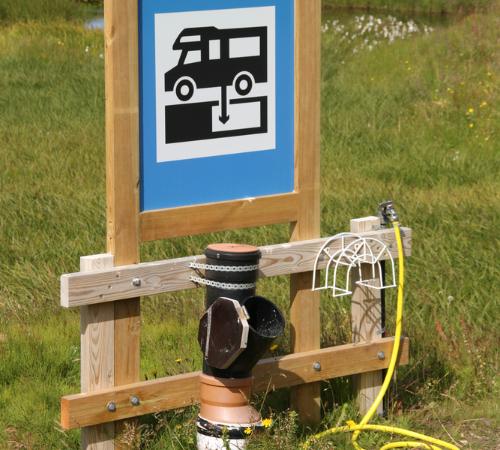
Follow these tips to ensure things go smoothly when using a public dump station:
– Always allow truckers to get in line before you as they are on the clock
– Pay attention and ensure sewer hose fittings are seated tightly so no sewage leaks onto you or the ground
– Rinse your hose out while still connected to the sewer drain, so fluid doesn’t go on the ground
– Work quickly – this is not the time to chat with other RVers or walk the dog
– Clean up any debris and dilute any spills immediately using a disinfecting liquid cleaner
Final Thoughts
With all the resources above, you’ll be able to locate a dump station on your next RV trip without a problem. And by using the tips on how to use a dump station correctly, you can avoid mistakes that can lead to awkward messes.
I hope this guide to RV dump stations is helpful and you keep enjoying the RV life!
Dump Station for RV (Video)
"Man cannot discover new oceans unless he has the courage to lose sight of the shore."
-- Andre Gide

